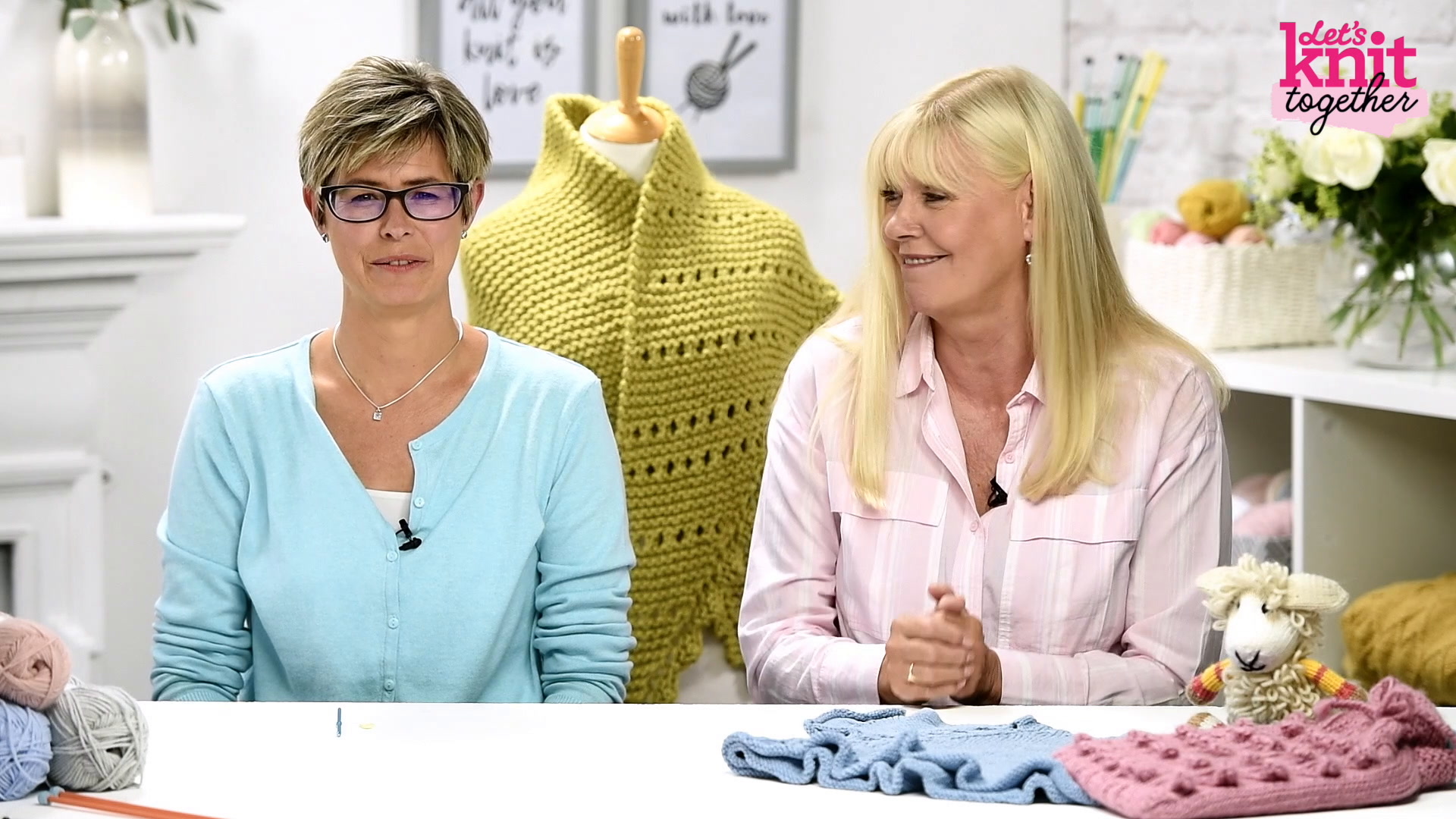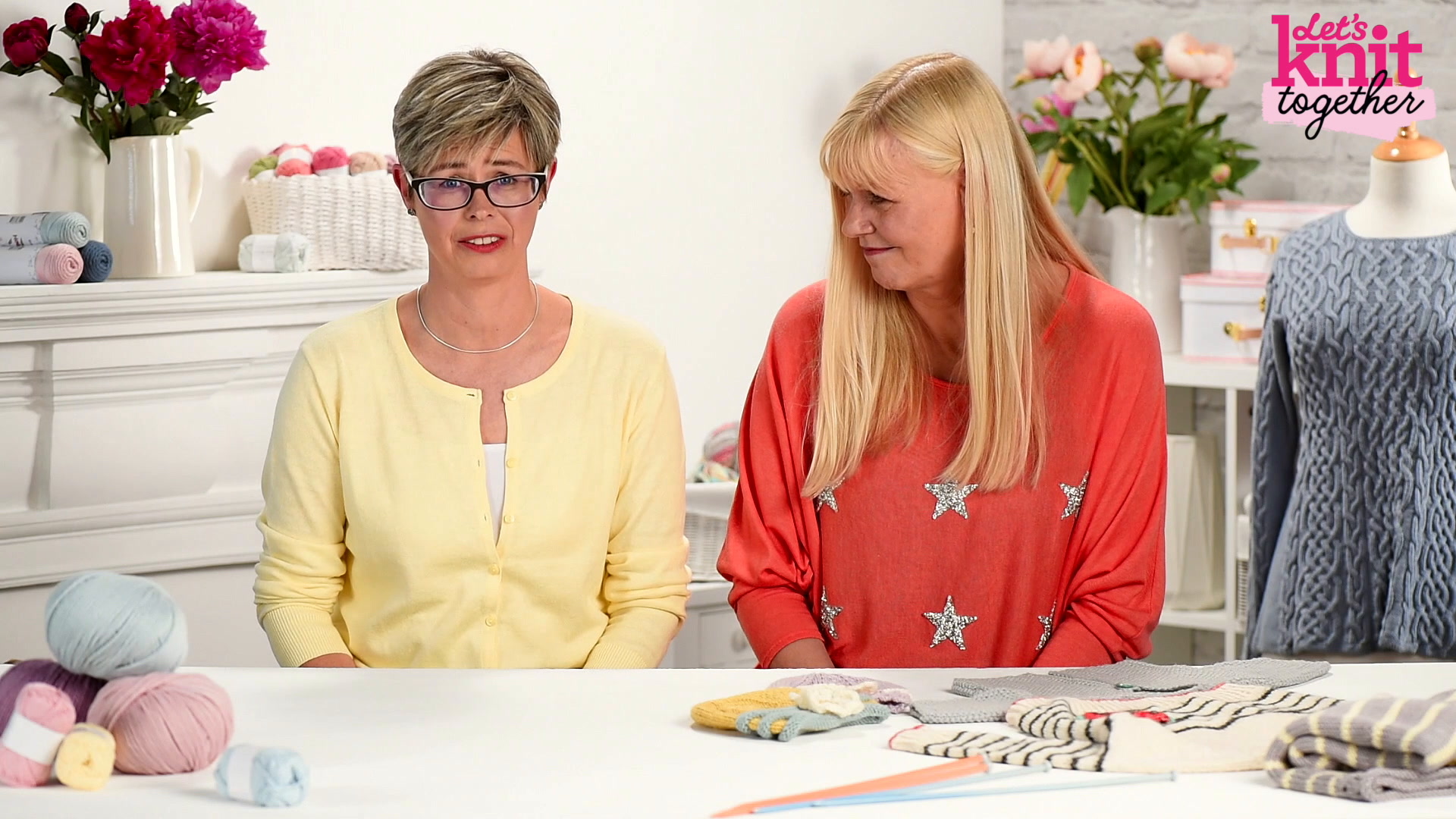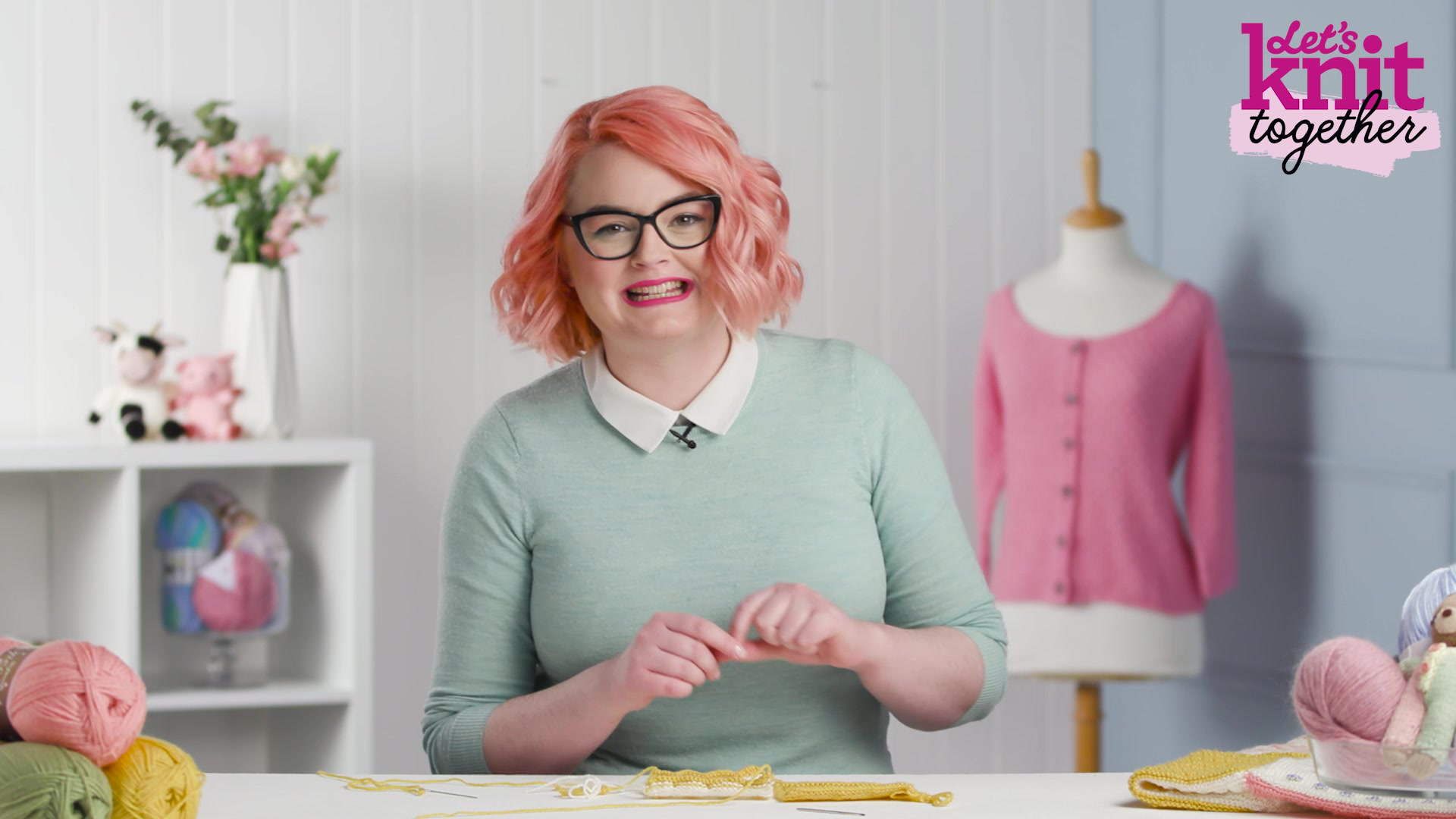How to: work a French knot
video by
Let's Knit Together
- Overview
- Practical Guides
A French knot is an embroidery stitch that leaves a small bobble knot on the right side of the fabric. It’s great for adding little eyes, cute noses, or contrast buttons, bobbles or clusters to a design.
Make the wraps close to the surface and keep up the tension on the yarn, otherwise they will unravel.
Depending on the size of French knot you want to make on your item, you may prefer yarn or strand of embroidery thread in your tapestry needle, but it’s worth having a quick practice on an unseen area of your knitting or a scrap of felt to find out how many strands and wraps make the perfect size for what you want and, just as importantly, hold well. More wraps will make a bigger knot, but too many and it could unravel if handled a lot. With this all worked out, you’ll then be able to create beautiful French knots deftly on your project with the optimum length of strand. Decide where your French knots will go and if you are going to fasten off after each one, or can work more than one close together, bearing in mind that long strands are trickier to tension than shorter ones. For eyes and noses, this is a key part of the overall expression you are creating, so use a small button, air-erasable marker or threads to get the positioning just right. Thread your blunt tapestry needle and fasten off on the wrong side, or knot, to secure. Bring the needle from back to front and, maintaining tension on the yarn or thread, wrap it around the needle a few times. Still keeping the wraps taut, insert the needle back to the wrong side, very close to where it came out, and release the yarn at the last minute so it can be pulled through to leave a knot on the surface. Fasten off the end, either by running through a few stitches or knotting tightly to secure. Take care not to pull your French knot through to the wrong side, although you may just be able to poke it back through. If your knot completely disappears, it’s most likely that you have gone straight back down your exit point, so try again and go back to the wrong side a fraction away.









_268_268_64_c1.jpg)









































